Author: Steve Thanos
Simply put, beer happens when yeast interacts with a sweet liquid called wort, converting the sugars to alcohol and CO2. While the sugar in wort comes largely from malted barley, brewers have long relied on alternative supplemental sugar sources to boost strength while contributing a range of flavors. A staple at many a breakfast table, maple syrup is one such adjunct sugar that many brewers claim contributes a delectable maple character to a range of beer styles.
The production of maple syrup involves taking sap from maple trees, which starts out with approximately 2% sugar content, and evaporating the water off through boiling until it reaches a density of about 66% sugar. This relatively long boiling process also caramelizes the sugar, creating the deliciously complex blend of nutty and earthy flavors. Made up of mostly sucrose with lower amounts of glucose and fructose, maple syrup contributes about 30 points per pound per gallon (ppg), meaning 1 lb/450 g of syrup combined with 1 gal/3.8 L of water will yield a 1.030 OG solution.
I’ve sampled a handful of beers that were made with maple syrup, which inspired me to brew one myself. In considering when to add the sweet elixir, I found that opinions vary, similar to other delicately flavored adjuncts like honey, with some claiming boiling volatilizes desirable flavors and hence post-boil additions are preferred, while others feel boil additions work fine. Curious to see for myself, I designed an xBmt to test it out!
| PURPOSE |
To evaluate the differences between an American Amber Ale where maple syrup was added with 30 minutes left in the boil and one where maple syrup was added at flameout.
| METHODS |
For this xBmt, I went with a simple American Amber Ale recipe with low bitterness, as it seemed a nice backdrop for maple syrup flavors.
Rank & File
Recipe Details
| Batch Size | Boil Time | IBU | SRM | Est. OG | Est. FG | ABV |
|---|---|---|---|---|---|---|
| 5 gal | 60 min | 31.7 | 19.8 SRM | 1.066 | 1.01 | 7.35 % |
| Actuals | 1.066 | 1.01 | 7.35 % | |||
Fermentables
| Name | Amount | % |
|---|---|---|
| Pale Ale Malt | 7 lbs | 63.64 |
| Maple Syrup | 2 lbs | 18.18 |
| Caramel Malt 40L | 12 oz | 6.82 |
| Caramel Malt 80L | 12 oz | 6.82 |
| Munich Malt | 8 oz | 4.55 |
Hops
| Name | Amount | Time | Use | Form | Alpha % |
|---|---|---|---|---|---|
| Centennial | 28 g | 60 min | Boil | Pellet | 6.6 |
| Centennial | 14 g | 20 min | Boil | Pellet | 6.6 |
Yeast
| Name | Lab | Attenuation | Temperature |
|---|---|---|---|
| Flagship (A07) | Imperial Yeast | 77% | 32°F - 32°F |
Notes
| Water Profile: Ca 55 l Mg 12 l Na 9 l SO4 48 l Cl 35 |
Download
| Download this recipe's BeerXML file |
After collecting 2 sets of water, adjusting them to my desired profile, and lighting the flame to get them heating up, I weighed out and milled the grains.
Once the water for each batch was adequately heated, I incorporated the grains then checked to make sure they were at the same target mash temperature.
While the mashes were resting, I prepared the kettle hop additions.
Once each 60 minute mash was complete, I removed the grains then brought the worts to a boil. After 30 minutes, I added the maple syrup to one batch while the other was left alone, then when the 60 minute boils were finished, I cut the heat and added the same amount of syrup to the other batch. The worts were chilled with my JaDeD Brewing Hydra IC, after which I took hydrometer measurements showing a minor difference in OG.
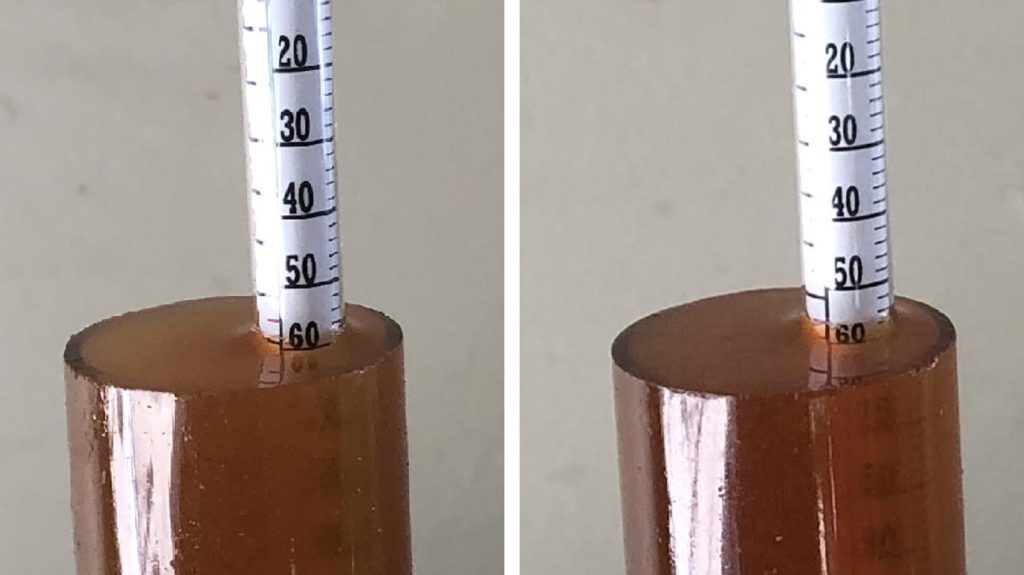
The filled carboys were placed in my chamber and left to finish chilling to my desired fermentation temperature of 68°F/20°C for a few hours before I pitched a pouch of Imperial Yeast A07 Flagship into each.
With signs of fermentation activity absent after 3 weeks, I took hydrometer measurements showing both beers at the same 1.010 FG, so I proceeded to transfer each to separate CO2 purged kegs that were placed in my keezer where they were left to condition for 2 weeks before they were ready to serve.
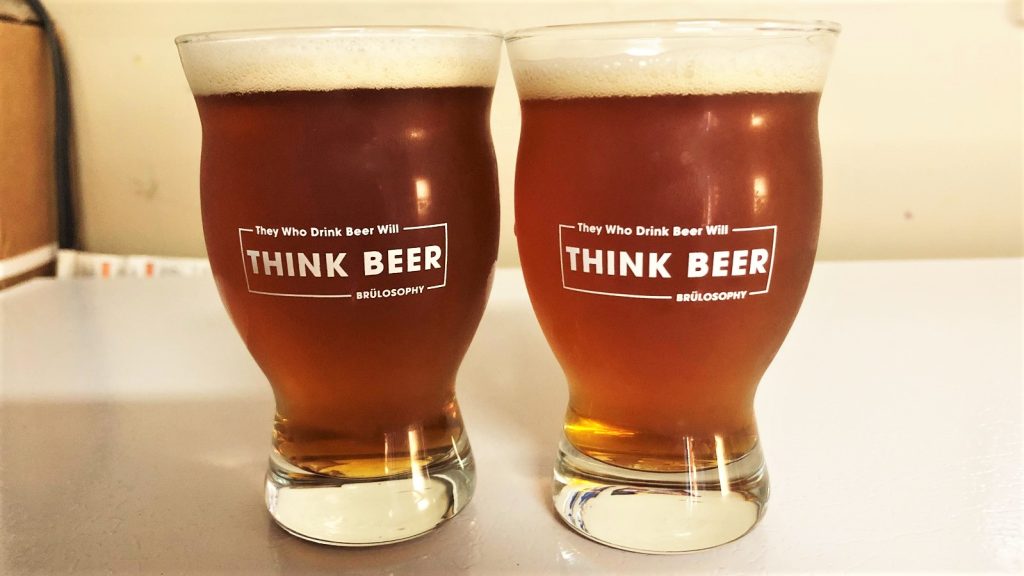
| RESULTS |
A total of 23 people of varying levels of experience participated in this xBmt. Each participant was served 2 samples of the beer where maple syrup was added during the boil and 1 sample of the beer where it was added at flameout in different colored opaque cups then asked to identify the unique sample. While 12 tasters (p<0.05) would have had to accurately identify the unique sample in order to reach statistical significance, only 9 did (p=0.35), indicating participants in this xBmt were unable to reliably distinguish an American Amber Ale where maple syrup was added with 30 minutes left in the boil from one where maple syrup was added at flameout.
My Impressions: Out of the 5 semi-blind triangle tests I attempted, I somehow chose the odd-beer-out every time. While I perceived a nice maple character in both beers, it seemed slightly stronger in the one where the syrup was added at flameout. Given how similar these beers were, I struggled to pick the one I liked more and found myself pulling from both kegs regularly.
| DISCUSSION |
Maple syrup is a sweet condiment that can be used for more than just a breakfast food topping. While not the most popular adjunct ingredient, brewers have been using maple syrup to increase the strength of a variety of beer styles while contributing nutty and earthy characteristics. Some believe that adding maple syrup to the boiling wort will drive off desirable flavor compounds, and hence they opt for post-boil additions. Interestingly, tasters in this xBmt were unable to reliably distinguish an American Amber Ale where maple syrup was added with 30 minutes left in the boil from one where maple syrup was added at flameout.
The most obvious explanation for this result is that the flavorful compounds present in maple syrup simply do not volatilize when exposed to the heat of boiling wort, which makes sense considering maple syrup is produced through a process of boiling. However, it’s also possible some other unknown factor minimized the differences caused by the variable, or perhaps a larger dose of syrup would have led to a different outcome.
This being the first beer I’ve brewed with maple syrup, I didn’t have much of an expectation going into this xBmt, which left me all the more bewildered when I nailed every triangle test I attempted. There’s certainly a chance I just happened to get lucky, as the beers were far more similar than they were different, though I did feel adding the syrup at flameout produced a slightly stronger maple flavor. Either way, the difference wasn’t vast enough that I’d feel comfortable encouraging one way over the other, rather I’m confident both options will have a largely similar impact.
If you have any thoughts about this xBmt, please do not hesitate to share in the comments section below!
Support Brülosophy In Style!
All designs are available in various colors and sizes on Amazon!
Follow Brülosophy on:
FACEBOOK | TWITTER | INSTAGRAM
If you enjoy this stuff and feel compelled to support Brulosophy.com, please check out the Support page for details on how you can very easily do so. Thanks!


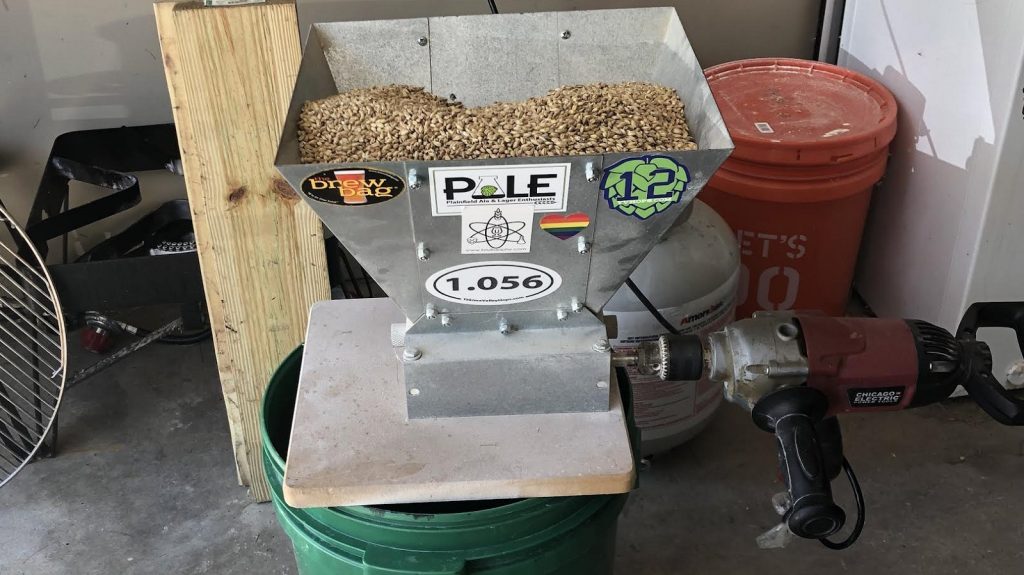
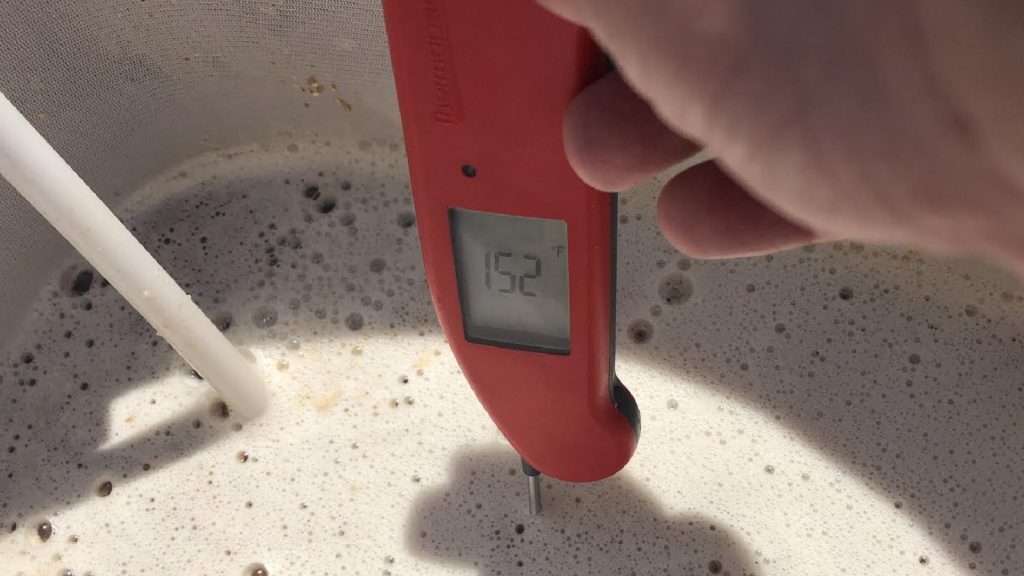
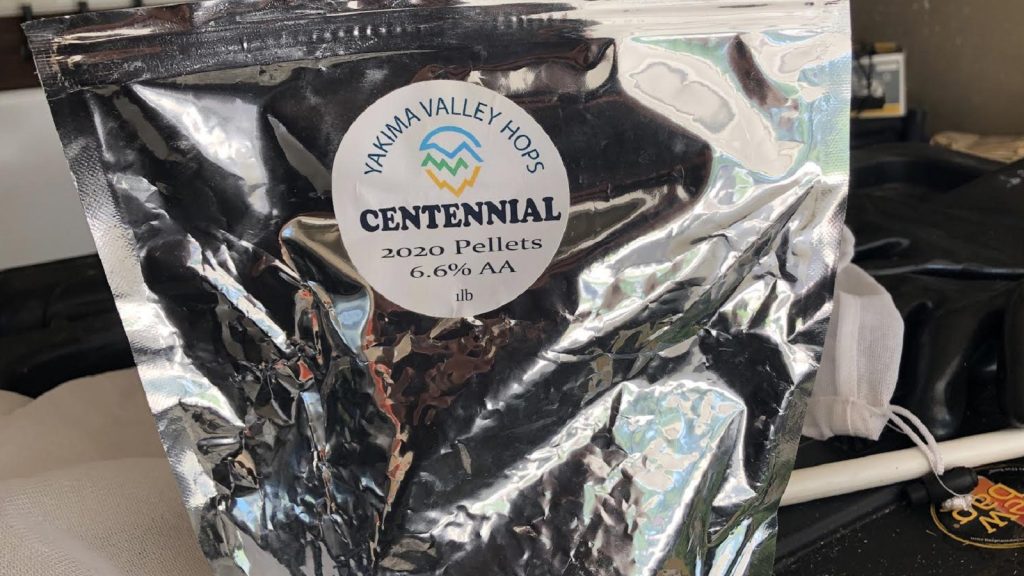
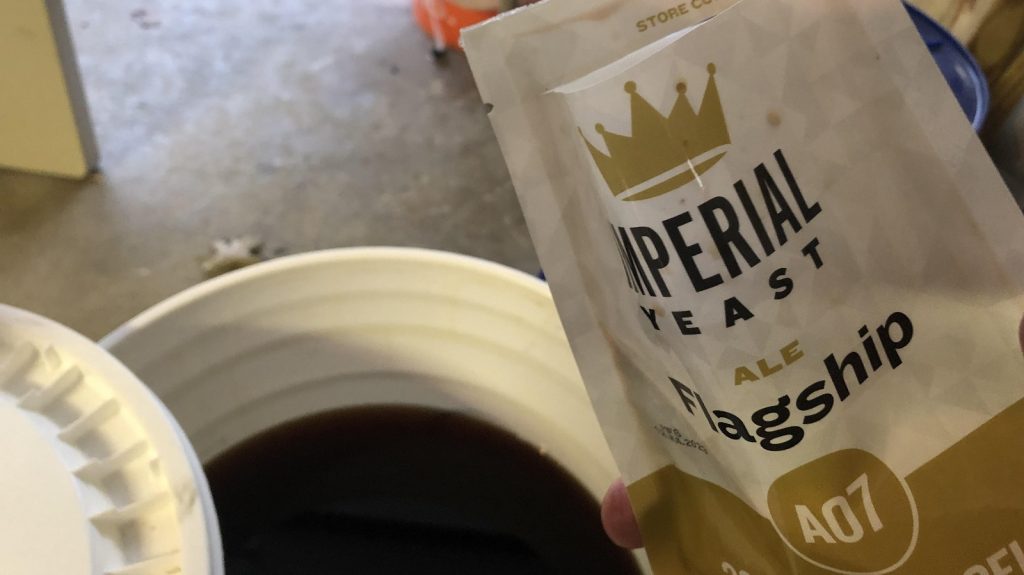











6 thoughts on “exBEERiment | Maple Syrup: Boil vs. Flameout Addition In An American Amber Ale”
Which grade/color maple syrup did you use? And, did you consider adding it during fermentation?
I used Grade B maple syrup.
Given how fermentable syrup is, I wonder about its possible use as a “backsweeten” for beer – kill off the yeast like you do with cider or mead, then add maple syrup for a stronger maple-y flavor component. Can’t do too much, though, or it would be overpowering. Has anyone done this with beer?
I recently back-sweetened a sweet potato stout with sorghum syrup (0.75 Tbsp per gallon plus 0.5 tsp per gallon potassium sorbate). The sorghum sweetness definitely came through – maybe a bit too much. For a comparison, I bottle conditioned a growler with sorghum as the priming sugar (i.e. not back-sweetened). In my case, I preferred the bottle conditioned version which had a “rumminess” to it. I think this was due to the relatively similar sugar content of sorghum v. cane sugar (the fermentable in rum).
One of my local breweries (West Sixth) makes a great “Snakes in a Cabin” (maple barrel aged imperial stout). So, I know prolonged aging with maple can work
Just tried this with an oatmeal stout, should be ready to drink in about a month
Nice! When did you add the maple syrup?